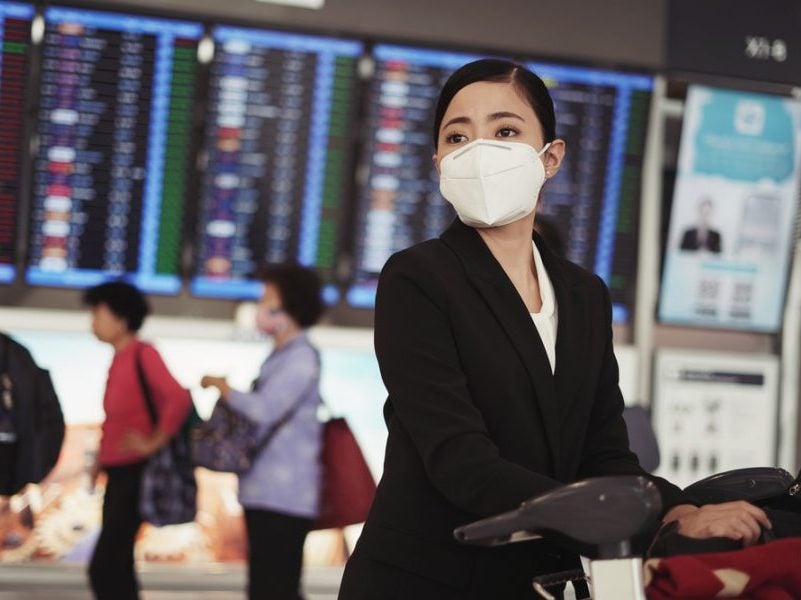Travellers itching to explore again will be thrilled with the news that flight schedules are gradually resuming. However, they could be discouraged by higher fares and arduous air travel processes.
New hygiene measures will lengthen the airport process
As major airlines are resuming flights across the world, questions have arisen about how it will continue with social distancing and hygiene measures that are now in everyday life. In India, domestic flights are permitted, with a long list of instructions in tow. Passengers must download a government tracing app, agree to thermal screening for temperature checks, in some cases provide health certificates and wear appropriate protective equipment such as face masks and gloves, to be able to travel within the country. Flights to larger cities such as Mumbai and Delhi could take longer to resume due to the risks present.
These measures will be difficult to implement at a uniformed standard across global airports. The number of flights per day could have to decrease due to terminal building capacitates shrinking with social distancing measures now in place, while new procedures within the terminal building will have to be installed, along with education for passengers on the ‘new normal’ when travelling.
New terminal measures may mean longer queues and wait times, so a relaxing air travel experience could be something of the past. The time at which passengers are required to arrive at an airport could be earlier, such as two to three hours before departure, disrupting travellers’ schedules and could cause travellers to miss flights if they have not adhered to the new airport rules.
Getting rid of the middle seat is not financially viable
In order to help with social distancing measures on an aircraft, European airline easyJet announced that it would not be selling tickets for the middle seat upon its aircraft. Although this may be good news for passengers and social distancing rules, competing airline Ryanair commented that it will not be financially viable for its own airline.
Not selling tickets for the middle seat will cut 33% of revenues, something which is not feasible for airlines who are currently struggling with immense cash burn and dramatic drops in revenue. There is hope for passengers that the initial lack of demand, while restrictions are still in place, will allow for social distancing to be possible on an aircraft.
How well do you really know your competitors?
Access the most comprehensive Company Profiles on the market, powered by GlobalData. Save hours of research. Gain competitive edge.

Thank you!
Your download email will arrive shortly
Not ready to buy yet? Download a free sample
We are confident about the unique quality of our Company Profiles. However, we want you to make the most beneficial decision for your business, so we offer a free sample that you can download by submitting the below form
By GlobalDataIncreased fares may be likely
As airlines are making every effort to try and get back on their feet following the global shutdown of travel, they will have to look for opportunities in order to raise extra revenue that has been lost during this period.
Airlines should look to refigure fare structures, including charging for legroom seats and baggage if they do not already do so, in order for flights to increase profit.
Fares that have increased too much will detract consumers from returning to travel just yet. There is no doubt that those with cancelled bookings and travel vouchers will want to fly soon. However, tighter recession-hit budgets could not be big enough to foot the probable higher bill of future travel.










Related Company Profiles
Ryanair Holdings Plc
easyJet Plc